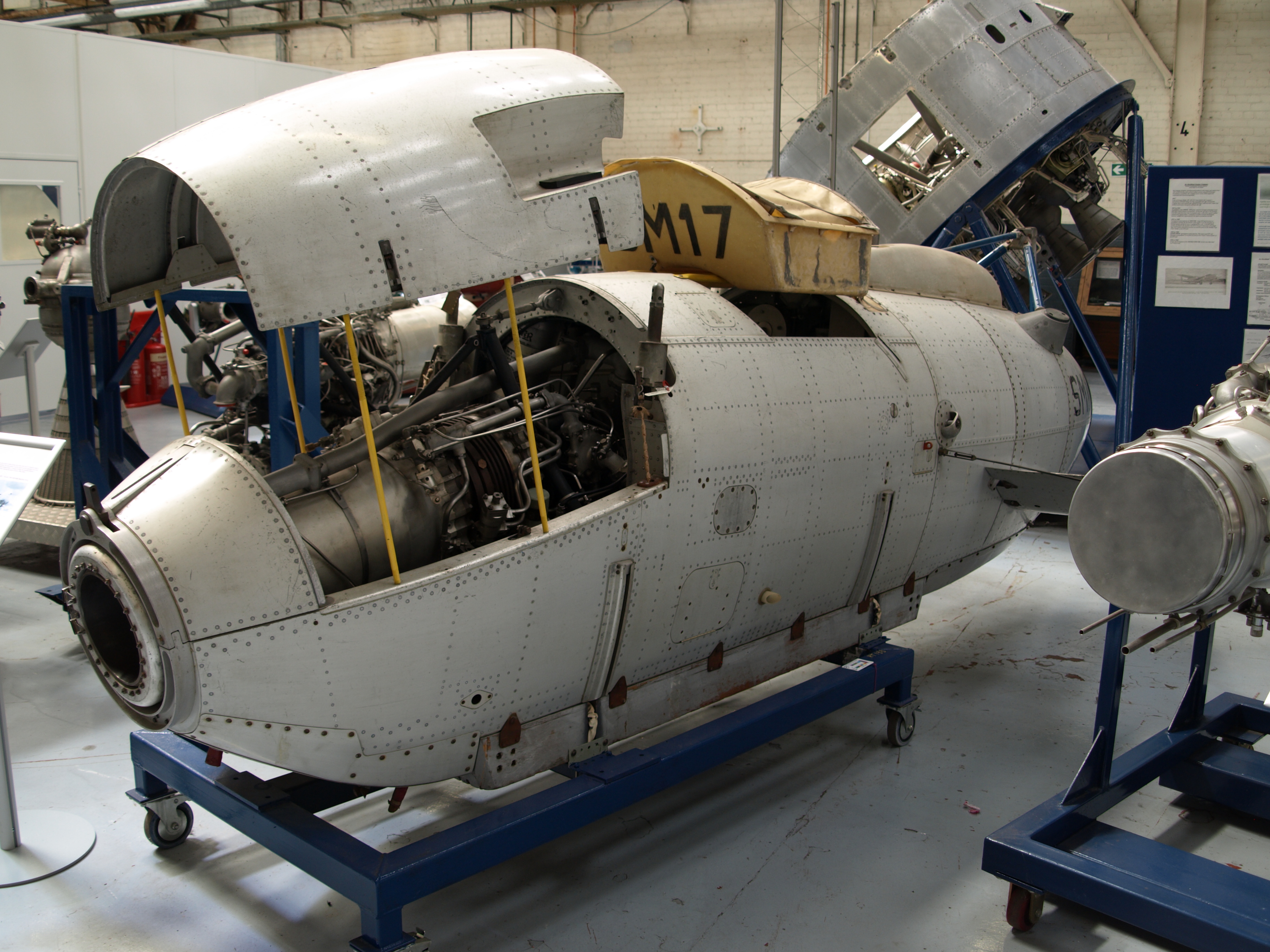De Havilland Sprite on:
[Wikipedia]
[Google]
[Amazon]
The de Havilland Sprite is a British rocket engine that was built by de Havilland in the early-1950s for use in
 ;Sprite DSpr.1
;Sprite DSpr.2: Silver-plated nickel-gauze catalyst, tested in Comets during April 1952
;Sprite DSpr.3
;Super Sprite DSpr.4
;Sprite DSpr.1
;Sprite DSpr.2: Silver-plated nickel-gauze catalyst, tested in Comets during April 1952
;Sprite DSpr.3
;Super Sprite DSpr.4

RATO
Rato is a village in the Cornillon commune in the Croix-des-Bouquets Arrondissement, Ouest Ouest (French for west) may refer to:
*Ouest (department), Haiti
*Ouest Department (Ivory Coast), defunct administrative subdivision of Ivory Coast
* Oue ...
(Rocket-assisted take off) applications. A developed engine with slightly less thrust
Thrust is a reaction force described quantitatively by Newton's third law. When a system expels or accelerates mass in one direction, the accelerated mass will cause a force of equal magnitude but opposite direction to be applied to that sys ...
but a longer burn time was known as the Super Sprite, production ceased in October 1960.
Design and development
For RATO use only a short burn time is required, with simplicity and light weight as major virtues. The intended market was for assisting take-off ofde Havilland Comet
The de Havilland DH.106 Comet was the world's first commercial jet airliner. Developed and manufactured by de Havilland in the United Kingdom, the Comet 1 prototype first flew in 1949. It featured an aerodynamically clean design with four ...
1 airliners (as hot and high
In aviation, hot and high is a condition of low air density due to high ambient temperature and high airport elevation. Air density decreases with increasing temperature and altitude. The lower air density reduces the power output from the airc ...
operations in the British Empire
The British Empire was composed of the dominions, colonies, protectorates, mandates, and other territories ruled or administered by the United Kingdom and its predecessor states. It began with the overseas possessions and trading posts e ...
were considered important) and also for V bombers carrying heavy nuclear weapons. 30 successful test flights were carried out by Comets, from May 1951, but gas turbine performance improved rapidly, and so RATO was not required in service.
A hydrogen peroxide
Hydrogen peroxide is a chemical compound with the formula . In its pure form, it is a very pale blue liquid that is slightly more viscous than water. It is used as an oxidizer, bleaching agent, and antiseptic, usually as a dilute solution (3%â ...
monopropellant
Monopropellants are propellants consisting of chemicals that release energy through exothermic chemical decomposition. The molecular bond energy of the monopropellant is released usually through use of a catalyst. This can be contrasted with bipro ...
was used, decomposed into oxygen and steam over a metallic calcium
Calcium is a chemical element with the symbol Ca and atomic number 20. As an alkaline earth metal, calcium is a reactive metal that forms a dark oxide-nitride layer when exposed to air. Its physical and chemical properties are most similar t ...
catalyst. The maximum thrust was , varying over the 16 second burn time for a total impulse of 55,000 seconds.
A technology update then took place with the proving of silver-plated nickel gauze packs as catalysts with the establishment of optimum loadings and flows. This practice was replicated in all future applications with the catalyst no longer consumed.
In April 1952 the DSpr.2 proved this modification impressively in Comet demonstrations with clean exhaust. The next stage was pursued with the Super Sprite (DSpr.4) following the ATO development precedent with 'hot' operation but now enhanced in simplicity by ability to inject kerosene fuel once chamber pressure was established by the catalysed peroxide flow. The units, flight approved in August 1953, reverted to the practice of being parachuted after firing for routine re-use in service operations with the Vickers Valiant V bomber.
Variants
Super Sprite
The Super Sprite was a re-development of the Sprite application, using a significantly different 'hot' propellant technology, that of hydrogen peroxide / kerosene. Although the peak thrust was actually reduced, burn time was 2.5 times longer, with a proportionate increase in totalimpulse
Impulse or Impulsive may refer to:
Science
* Impulse (physics), in mechanics, the change of momentum of an object; the integral of a force with respect to time
* Impulse noise (disambiguation)
* Specific impulse, the change in momentum per uni ...
.
For simplicity, there were no fuel pumps and the tanks were pressurised by nitrogen from nine cylinders wrapped around the combustion chamber. The Super Sprite was packaged as a self-contained engine in its own nacelle, jettisoned after take-off and retrieved by parachute. Inflatable air bags cushioned its impact with the ground. To obtain a clean separation from the carrier aircraft, the production engines fitted to the Vickers Valiant had a small canard vane at the nose, pitching the nacelle downwards on separation.
De Havilland regarded the 166 Super Sprite units manufactured as a standard production item, supported by their service department alongside piston and turbojet engines. It was the first rocket engine to gain formal type approval
Type approval or certificate of conformity is granted to a product that meets a minimum set of regulatory, technical and safety requirements. Generally, type approval is required before a product is allowed to be sold in a particular country, so ...
.
The Super Sprite project was cancelled in October 1960, at a reported total cost of £850,000.
Applications
*de Havilland Comet
The de Havilland DH.106 Comet was the world's first commercial jet airliner. Developed and manufactured by de Havilland in the United Kingdom, the Comet 1 prototype first flew in 1949. It featured an aerodynamically clean design with four ...
* Vickers Valiant
Specifications (Sprite (DSpr.l))
See also
References
{{Aviation rocket engines Sprite Aircraft rocket engines JATO